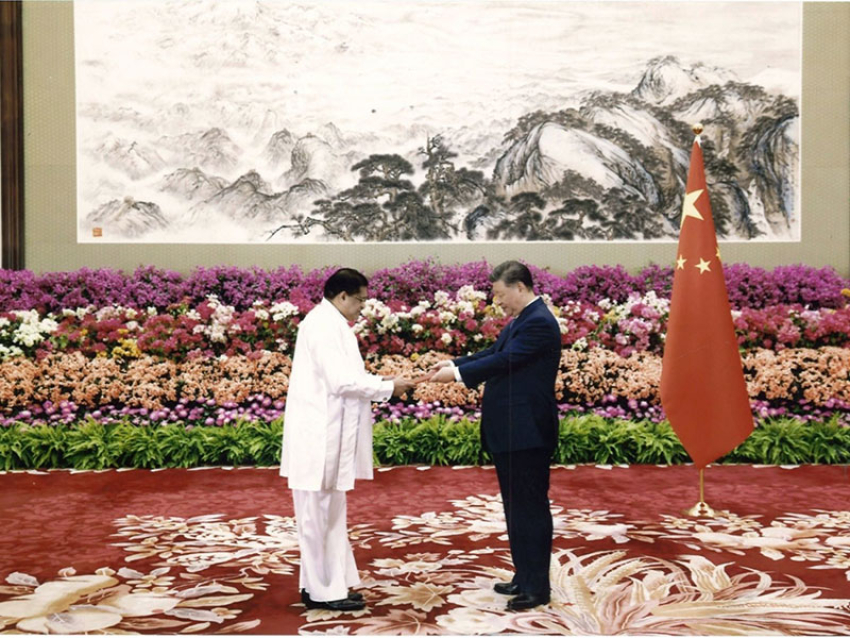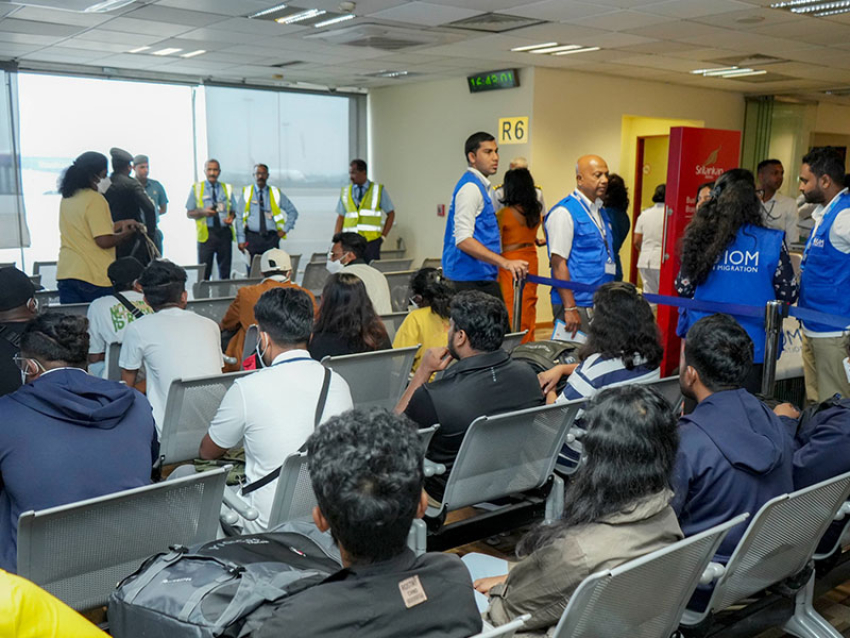Politicians view farmers as an important constituency and claim to want to improve their lot. There is a long history of state support for agriculture which takes either the form of subsidies (for fertiliser etc.) or price support (minimum purchase prices or tariff protection from competing imports).Despite decades of such interventions farmers remain poor. The problem is that the support has merely helped farmers maintain an existence at bare subsistence level instead of leading to sustainable improvements in income.
A failed initiative by the Mahaweli Authority in the late 1980’s to promote the export of spices, fruit and vegetables offers some ideas as to how to set about developing a competitive export agriculture sector. The project failed to take off due to exogenous factors; the southern insurgency, the war with the LTTE and political turmoil following a split in the UNP but offers useful lessons to policymakers today.
In 1978, the government of Sri Lanka launched the Accelerated Mahaweli Development Programme which telescoped an on-going thirty year programme into six years. It was designed to generate of hydroelectricity and supply water for agriculture. With physical infrastructure nearing completion by the late 1980’s it was necessary to ensure economically viable settlements.
The government requested technical assistance from USAID to develop export crops. A project office employing foreign and local staff was set up to run the project. A former manager who worked on the export agriculture development project provided the details that are summarised below.
Identifying potential export crops
The first task of the team was to identify potential crops for export. This was done by studying the import customs data of some of the major markets Japan, Australia, New Zealand, Belgium, Canada, Denmark, France, Netherlands, UK and USA.
The team was tasked with identifying the top twenty agricultural imports to these countries by volume and by value. This was extracted from customs statistics of the countries. The seasonality of the products were also tracked, for example strawberries in winter would fetch a premium compared to summer prices. From this they derived not only the most attractive exports in terms of value and volume but also the seasons when demand and prices would peak. The objective was to maximise return by targeting the peak prices in the selected items.
Identifying competitive advantage
The next step was to understand the cost structure of the products and identify those where a competitive advantage could be found. The team identified a Dutch research institute that conducted agricultural research on many of the selected crops. Links were established and visits were arranged. After discussions they were provided with the average costs of production in European countries for the products. Armed with competitor costs, they were then in a position to assess if these could be competitively produced in Sri Lanka.
Calculating local costs of production
Local agronomists and researchers then set about working out local costs of production for the items. Due to local limitations crops that required greenhouses were discarded as were those where the climate was unsuitable. USAID assisted in identifying particular varieties that could be grown locally, for example a strawberry that would grow in a hot climate.
Identifying buyers
Once the costings were done the shortlist of targeted items was whittled down to ten. The team had a list of products which could be competitively produced locally with the planting cycles worked out to suit the needs of the target market. The top products were seedless grapes, strawberries, asparagus, pineapples, speciality banana (ambul) followed by mango, melon and gherkins. The next step was to identify real buyers.
USAID facilitated visits to Europe to meet buyers, assisting in everything from the preparation of catalogues to setting up meetings. The team was thus able to negotiate with a few buyers and understand the level of interest and pricing. Sample products were shipped for quality checks.
Unfortunately after some successful trials the initial orders could not be fulfilled due to a number of domestic political problems too lengthy to detail here, not least the split within the UNP that lead to Gamini Dissanayake and some others breaking away from the UNP. Dissanayake was the Minister for Mahaweli but with his sudden departure there was no one left in charge of the ministry. A precious cargo of planting material to meet the trial orders was left to bake on the airport tarmac as no one was willing to take responsibility for clearing it leading to the loss of the harvest and with it, the buyer.
A later attempt at gherkins had some success with a nucleus farm structure-a network of growers supplying to the nucleus farm for processing. Unfortunately the war in the eastern province was escalating and began to effect parts of the Mahaweli zone, disrupting transport and production.
There are still useful lessons to draw from the experience that may be applied to develop a competitive agribusiness sector.
Lessons for policymakers
1. If farmer incomes are to increase then it is necessary to increase the value of the output from a given acreage of land. This could be either by increasing the harvest quantities of existing crops, lowering costs or diversifying into higher value products. Providing subsidies without improvements to either value or output simply keeps farmers dependent on handouts and trapped in poverty; a useful vote bank for politicians but a tragedy in terms of policy.
2. A similar evaluation exercise to the above could yield a new list of potential products/markets. The recently completed National Export Strategy (NES) identifies spices, concentrates and processed food as targets for development in agriculture. For whatever crops identified, support should broadly be directed to solving problems of coordination, information gaps, technical assistance (crop research) and marketing support.
3. The NES identifies the following gaps in the areas identified.
I. Poor connections, information and coordination between local producers and the food processing sector. Farmers are small scale and scattered all over. A buyer may be interested in buying produce but has no information as to what produce is available, in what quantities or where. A buyer must literally go from farm to farm to find out what is available. It is easier for to import goods from abroad than source locally.
Solutions could include an IT platform similar to Mandi Trades in India. When a farmer registers on Mandi Trades it takes information of his produce, along with location details, and stores it on a scalable cloud-based database. For a buyer, it gives a map-based view of available produce with the produce info, sorted by his geographical proximity to the farmer. Farmers’ phone numbers are on the app so they can be contacted directly.
Farmers can also plan better, because they have options to view the current prices of commodities in trade, the demand for products, weather and seasonal changes and prices of scarce items.
II. Partly due to (I) shortages of raw materials for the processed food/beverage industry.
III. Regulation on food and agriculture imports restricts imports even during off-seasons compounding the problem of (ii).
IV. Inadequate resources in the food safety control function under Ministry of Health.
V. The Department of Export Agriculture is inefficient in terms of coordination capacity, resource allocation and influence on the sector.
VI. Due to resource constraints main sector associations, especially the Sri Lanka Food Processors Association (SLFPA) are only able to offer limited support.
VII. Limited lab capacity at the Agrarian Research and Training Institute.
VIII. Lack of training facilities especially in post-harvest technology and food science and technology.
IX. Limited supplies of seeds/planting material.
X. Low levels of mechanisation.
Although Sri Lanka has a long history of agriculture, the sector lags in terms of productivity. A different approach could lead to sustainable improvements to the livelihoods of the 28% of the population that depend on agriculture.




















